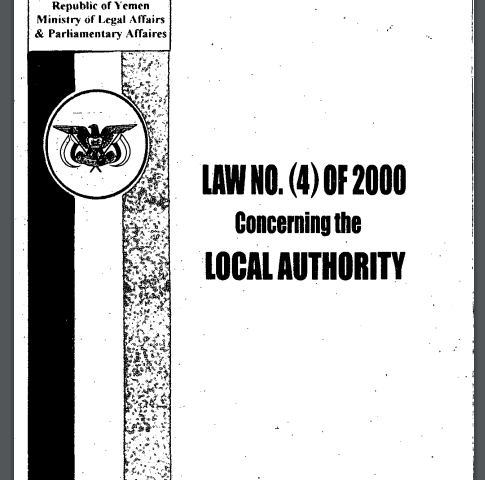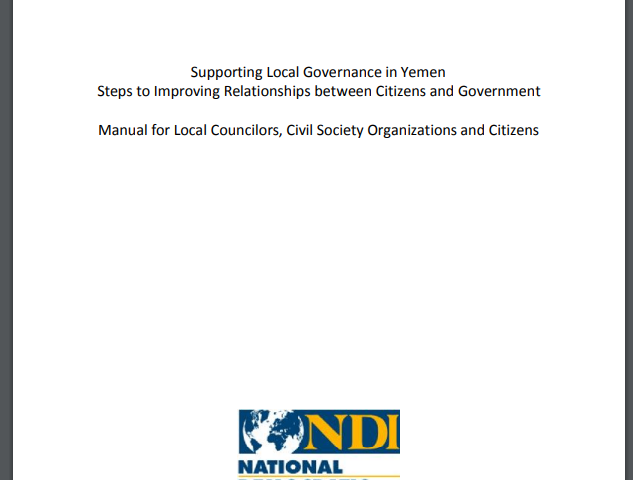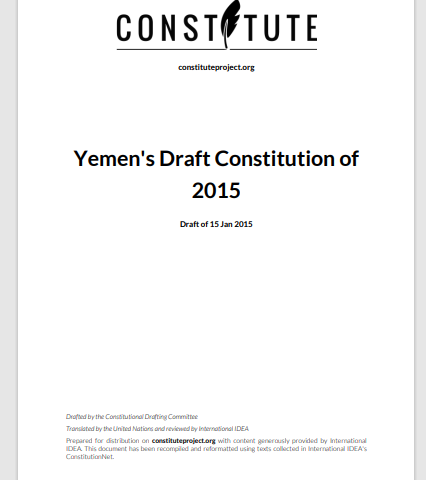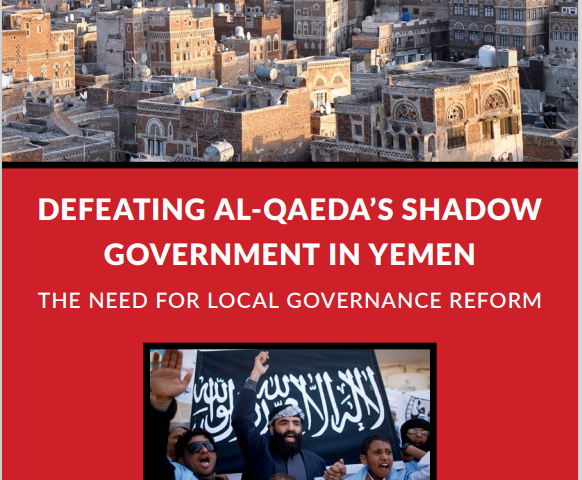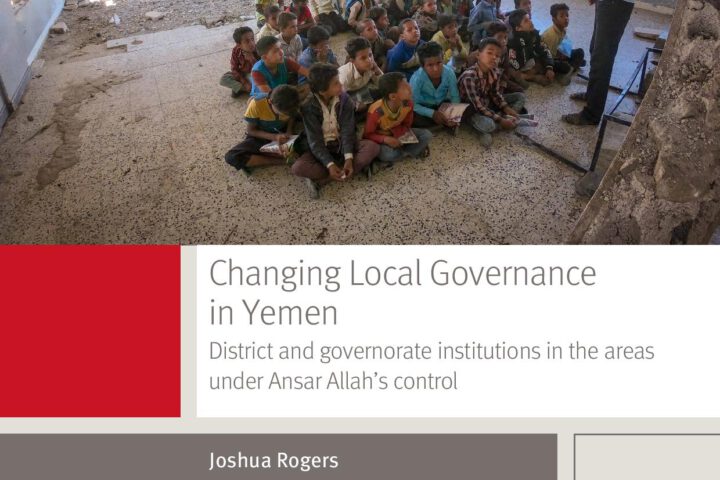Sana’a is the capital of the Republic of Yemen and the historic capital of the Yemen Arab Republic (YAR). Government ministries and other institutions as well as foreign diplomatic missions are based in the city. It is also an important cultural and economic center. The city is divided into 10 administrative districts.
Capital City of Sana’a governorate information
Map of Capital City of Sana’a
Economy
The public sector is the largest employer in the city, with tens of thousands of jobs in the central and local administration. Industrial and commercial activities are also present. The city’s industrial production is dominated by light industry, especially textile, clothing, shoes, home products, and plastics. Heavy industry includes steel and other metal production. Handicraft production is also an important source of income. Jewellery, traditional daggers and belts, brassware, and agricultural tools continue to be produced in small workshops in the city. Sana’a is an important commercial center with large wholesale and retail sectors focused on a number of markets and malls. Real estate and construction are also an important sector in the city.1https://www.yemenna.com/index.php?go=guide&op=show&link=amant. Sana’a was once the center of the Yemeni tourism industry. The Old City of Sana’a is a UNESCO World Heritage site. Tourism has virtually ceased during the war.
The capital governorate historically had the highest share of local revenue in its local authority budget, reflecting its importance as an industrial and commercial center in the national economy. Seventy-two percent of its 2014 budget was funded from central grants and subsidies, and 28% from local revenues.2Please see the appendix for further information on these different types of revenue. The main sources of local revenue came from citywide shared revenues and taxes, notably sales tax, zakat, income tax, and profit tax. The city also derived income from assets and sales of goods and services.3Republic of Yemen, Ministry of Finance, Budget Sector: estimated local authority budget for the 2014 fiscal year.Following the establishment of the General Zakat Authority by the de facto authorities, the city of Sana’a stands to lose zakat, previously an important source of income.
In 2014, the poverty rate in Sana’a city was 13.4%.4Household Budget Survey for 2014. More recent estimates suggest the rate has spiked to almost 80% as the suspension of government salaries has hit the public sector workforce in the capital, and rampant inflation and the general implosion of the economy have taken their toll.
Local governance
The local council of the city of Sana’a is composed of 20 councilors in addition to the appointed mayor of the city. There are seven vacant seats in the council, with four deceased councilors and three who are abroad, leaving 13. The local council does not convene regularly and its meetings are confined to the administrative board consisting of the mayor, the secretary general of the council, and heads of the three committees. As for the executive offices, they are functioning regularly despite the lack of salaries and the shortage of operational budgets.5Interview with a member of the local council in the capital city of Sana’a. March 2019.
Access to basic services
There are nearly 3 million people (approximately 80% of the population) in need of assistance in Sana’a city. Sixty-four percent of them are in dire need (status December 2022).6https://data.humdata.org/dataset/yemen-humanitarian-needs-overview, 2023 People in Need in Yemen
Health services are available in public hospitals and health facilities, which rely on support from donor organizations and fees charged for services. Even with donor support, services are at a bare minimum and do not meet the needs of the population. Large numbers of IDPs – approximately 250.000 (status December 2022)7Ibid. – who have fled to Sana’a from other governorates have placed additional strain on health services and other infrastructure.8Interview with an administrator in one of the main hospitals in the capital city of Sana’a. March 2019.
Next to the governorate of Sa’adah, the capital has sustained the highest number of airstrikes and 227 schools have been damaged.9OCHA, An Overview of the Humanitarian Needs in Yemen 2018. The number of damaged schools is the third-highest after Taiz and Sa’adah. Teachers are not receiving regular monthly salaries in the city,10Economic and Social Developments Newsletter, Issue No. 30, December 2017, published by the Studies and Economic Forecast Sector of the Ministry of Planning. which has disrupted education. There are attempts to run some of the schools in the governorate on a fee basis, but parents have largely rejected these efforts.11Interview with an official in the Education Office of the capital city of Sana’a. March 2019. Teachers receive a small stipend from the de facto authorities.
As of 2017, 70% of households in Sana’a city had access to potable water.12OCHA: An overview of the humanitarian needs in Yemen 2018. Water services in the city have been damaged by airstrikes and have been only partially restored. The sewage system does not cover all districts.
Demographics
| District | Size (km2) | Population (Female) | Population (Male) | Population (Total) |
|---|---|---|---|---|
| Old City | 2 | 61,479 | 68,868 | 130,348 |
| Shu’aub | 15 | 208,334 | 235,788 | 444,122 |
| Azal | 15 | 105,992 | 118,770 | 224,761 |
| Assafi’yah | 10 | 97,944 | 122,143 | 220,086 |
| As Sabain | 31 | 274,139 | 325,593 | 599,732 |
| Al Wahdah | 8 | 70,976 | 85,930 | 156,906 |
| At Tahrir | 3 | 54,457 | 69,417 | 123,874 |
| Ma’een | 11 | 271,517 | 330,670 | 602,180 |
| Al-Thowarah | 22 | 150,467 | 177,851 | 328,318 |
| Bani Al Harith | 269 | 220,591 | 245,423 | 466,015 |
| TOTAL | 385 | 1,515,889 | 1,780,453 | 3,296,342 |
Figures are based on the 2021 Humanitarian Needs Overview Yemen, OCHA. Population figures include the number of IDPs and residents.


